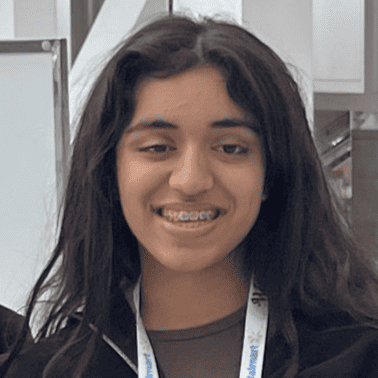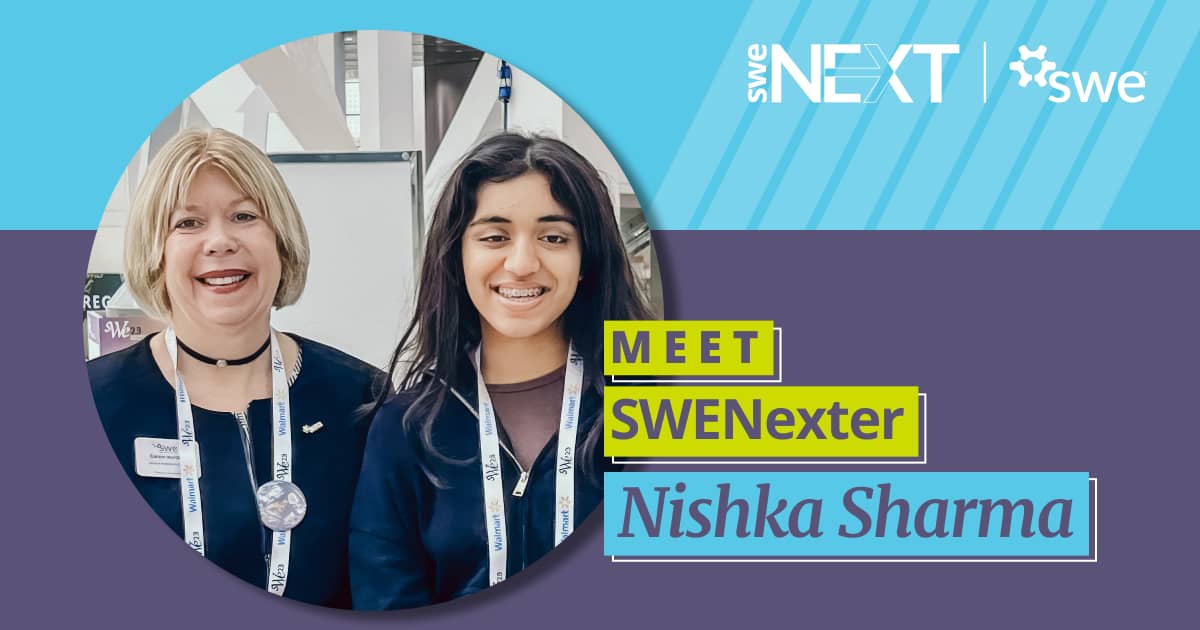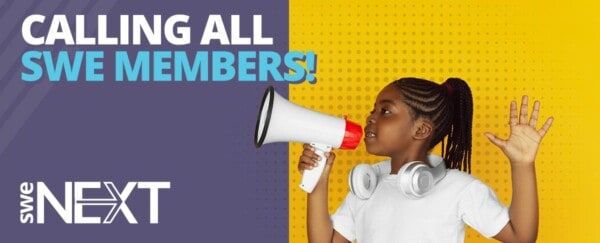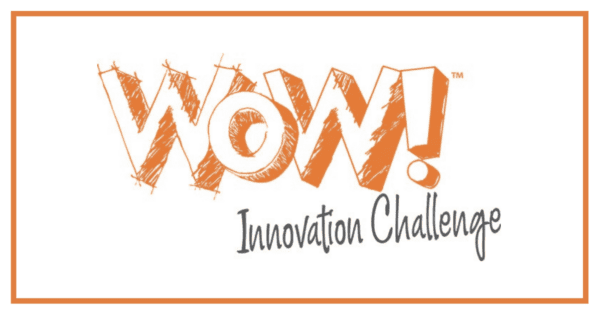When I was younger, I hated engineering. In my first grade computer science class, I received a 75% on a drawing I created through the Terrapin Logo language which uses a turtle to draw images. In my mind, there was no reason to be interested in computer science since I didn’t see why the world needed it. None of my friends at this point — all of whom were girls in elementary school — were interested in math, science, technology or engineering.
In late elementary and middle school, I started to gain an interest in computer science, though I still didn’t understand how it could be a career. I asked my friends if they would be interested in creating a robotics team, and to my surprise they all said yes. Before that moment, they had all told me they hated engineering and computer science, which is why they wanted to pursue different fields in the future. I suppose an engineering option had never been presented to them, so they never gave it any consideration.
After competing in robotics, we qualified for many rounds and made it far in the competition. As we made it up the rounds, we saw fewer and fewer girls competing. This is when I started to question why other girls didn’t participate. This was when I became a SWENexter.
From this point on, I participated in so many of the programs the high school SWENext Clubs held in hopes of meeting like-minded girls my age. Now in high school, I am the president of the SWENext Club at Moreau Catholic High School and hope to make an impact on other students the way SWE did for me. Currently, our chapter is working on a mentorship program that connects college SWE students to high school students around the U.S. in areas without much engineering representation.
At Apple’s Engineering and Technology Camp, I was introduced to the amazing people on the SWE team and have been working with them since. As the founder and CEO of the Youth Mentorship Project, I am working with SWE to solve the first barrier to computer science that I faced in elementary school: not understanding the value of an engineering education. We hope to continue to promote STEM to students by providing mentorship and resources that can be difficult for students to access.
Continuing my focus on student impact, I am a software engineering intern lead at the Fair Opportunity Project, where we create software tools to help students to gain access to scholarships and financial aid.
With other organizations such as Women In Data Science, I work with a team of industry professionals creating events and programs for other women and students in the field to connect with one another.
At the United Nations Science Summit, I have been selected as the lead of a new committee, known as the Youth Parliament. As the chairperson, I encourage students around the world from all aspects of science academia to apply — but especially focusing on women participation. I am working with Declan Kirrane, the chairman of the Science Summit, to organize scholarships for girls to fly to New York and showcase their scientific talent.
My work to promote women in STEM and increase student access have been recognized by the National Center for Women In Technology and the Silicon Valley Engineering Council. I hope to build on my momentum and increase my impact as I move into my last year of high school, my college years, and beyond.
Author
-

Nishka Sharma is a SWENexter who is passionate about promoting women in STEM and increasing student access to STEM fields.






